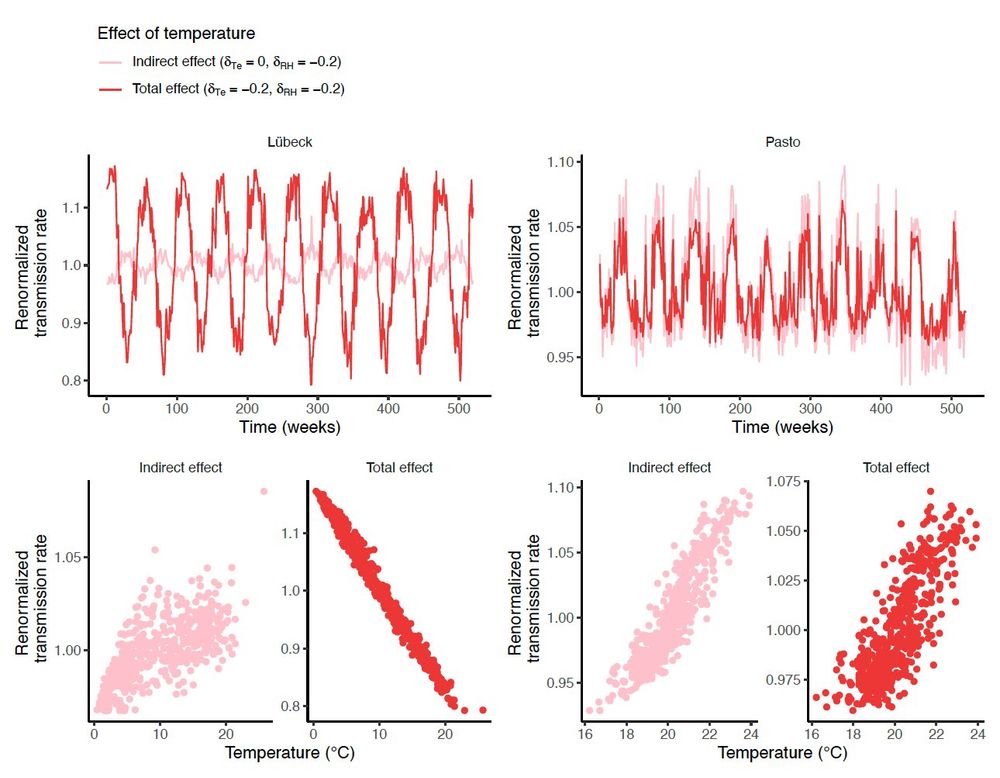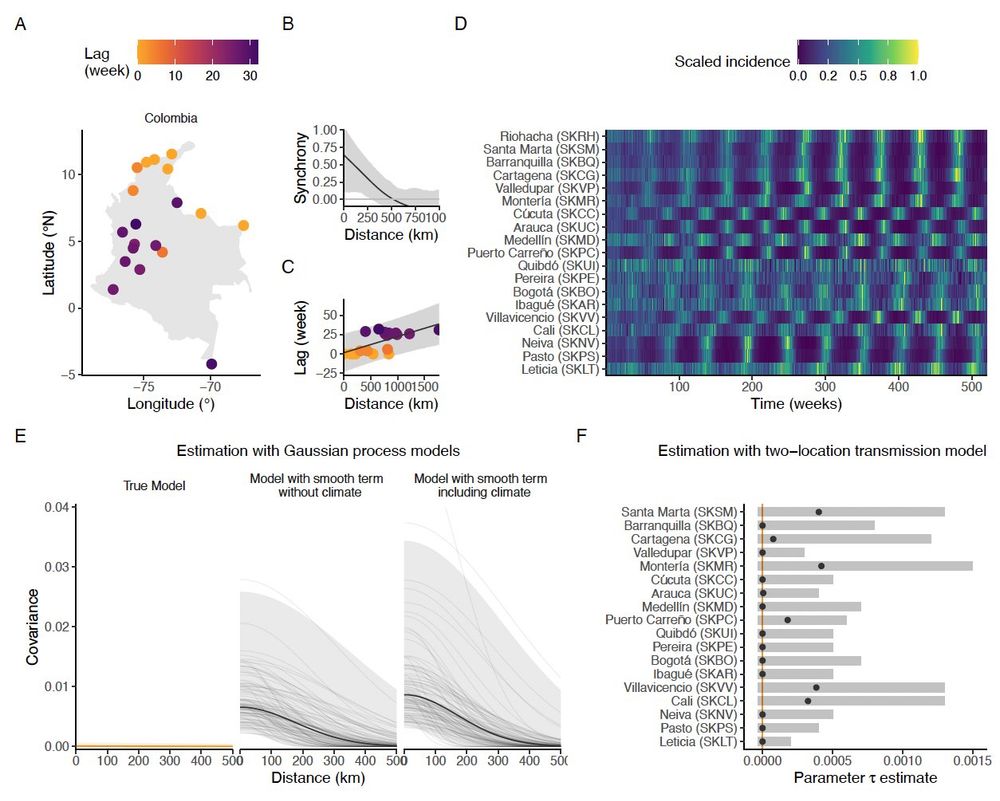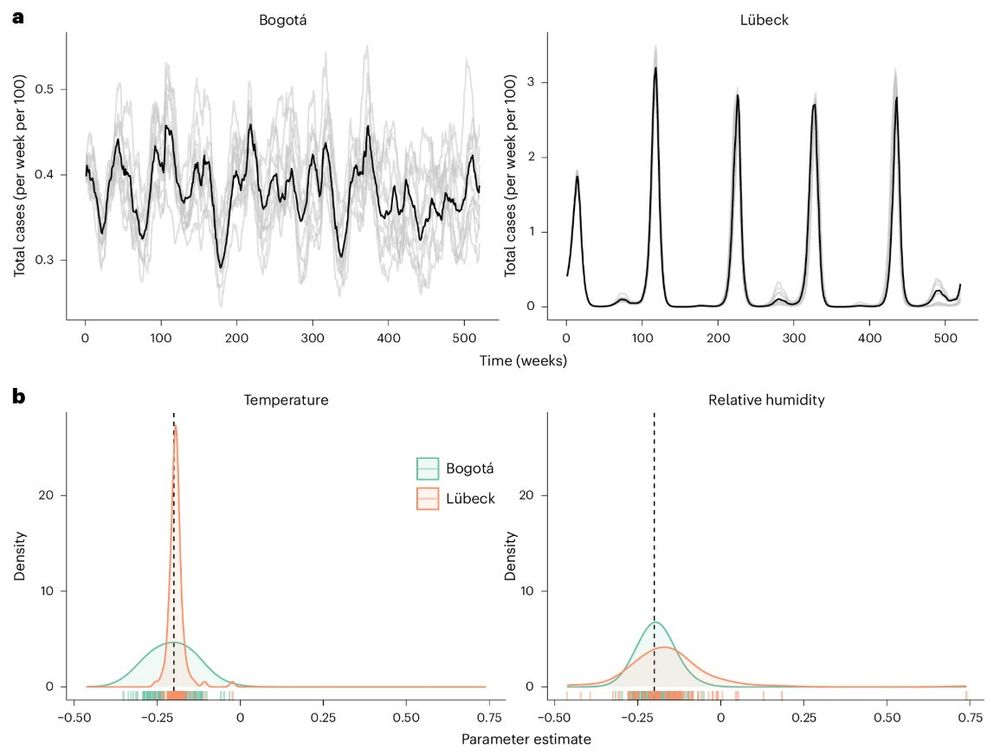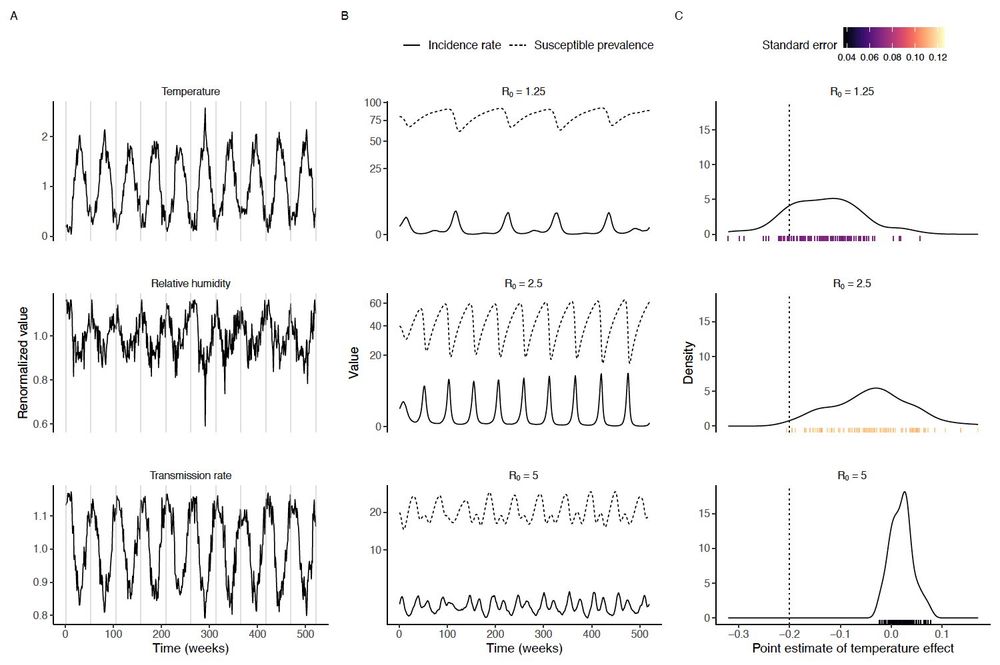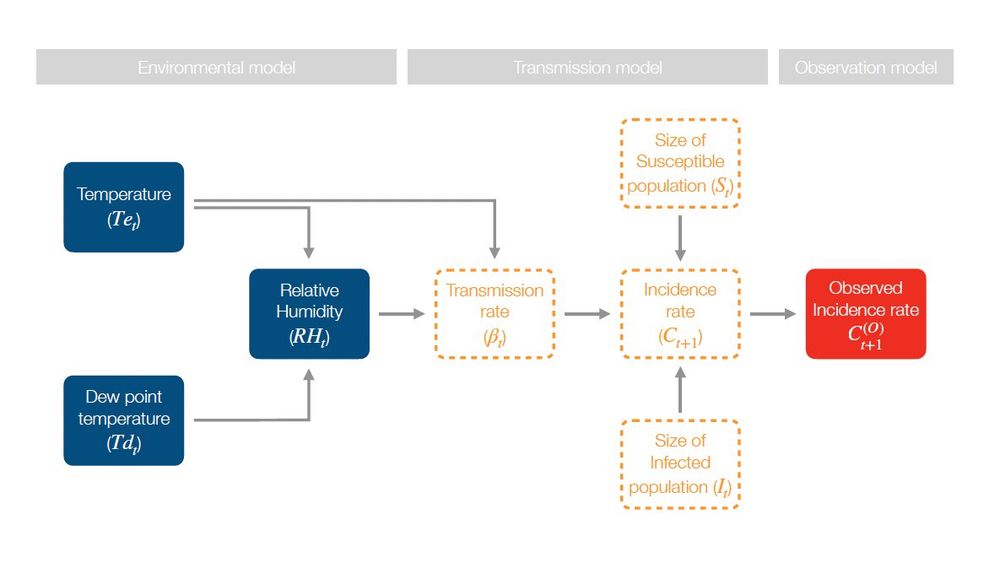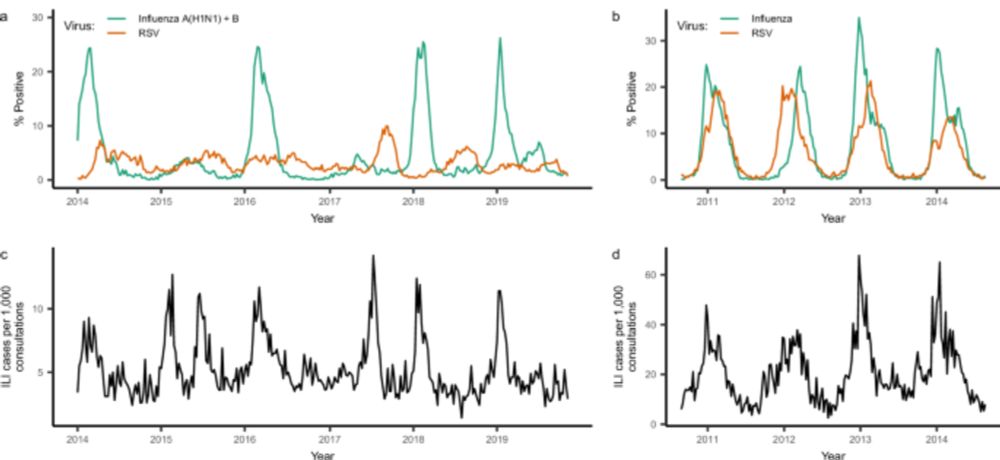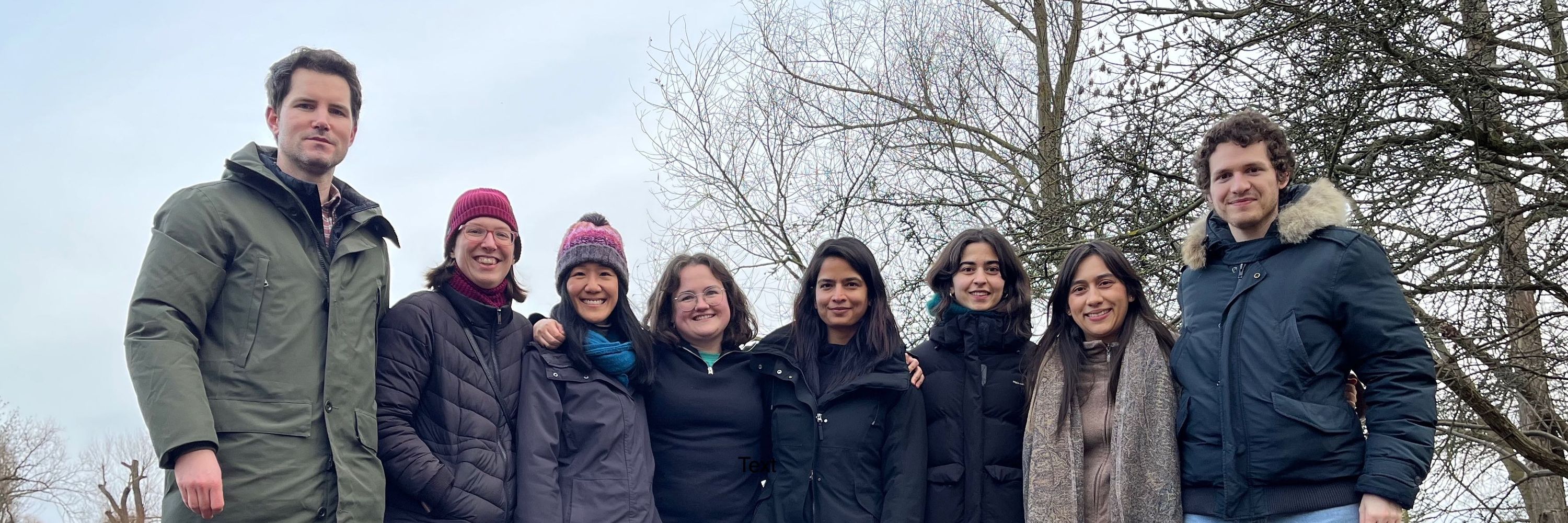
Website: https://www.mpiib-berlin.mpg.de/1953092/Infectious-Disease-Epidemiology
Congratulations to Anabelle Wong for publishing her PhD work and a big thank you to co-authors Sarah Kramer and Dan Weinberger! (6/6)
Congratulations to Anabelle Wong for publishing her PhD work and a big thank you to co-authors Sarah Kramer and Dan Weinberger! (6/6)

